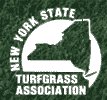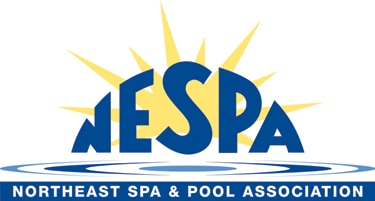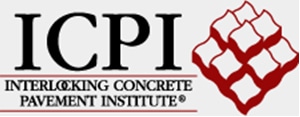As summer inches along, there are a few things you’ve come to expect from your landscape: The grass isn’t growing so fast anymore. On the other hand, your petunias are. And all those perennials cut back late last year have come into their own again.
But now there’s something you’ve noticed that you weren’t expecting: Your tree leaves turning yellow.
And then you’re flooded with questions… What’s causing the leaves to turn yellow? Was it planted wrong? Does it have a disease? Will it spread to my other trees? Is it dying? And so on and so forth.
Tree Leaves Turning Yellow This Summer? It May Be Chlorosis
First things first: It’s important to understand that all tree leaves typically get lighter in color the further we get into summer. There are, however, a few more serious causes of leaf yellowing if your tree(s) is not provided optimal growing conditions.
What is Chlorosis in Trees?
When leaves do turn yellow, this is a condition called chlorosis, which is an abnormal yellowing of the leaf tissue due to the loss of chlorophyll. Chlorophyll is a critical component to photosynthesis during the growing season because it allows a plant to absorb energy from light.
Possible Causes Of Chlorosis
Understanding the cause of chlorosis in trees can quickly become a complex topic, but one thing is for sure, there are a number of red flags that can cause your tree’s leaves to change — well before autumn. In addition to damaged or compacted roots, here’s a closer look at three of the more common causes.
Fertilizer Deficiency
Iron chlorosis — a lack of available iron — is one of the most common causes of yellowing tree leaves. A sign your tree(s) is suffering from iron chlorosis is if the yellowing of leaves begins on the younger (or terminal) outer leaves and eventually works inward to the older, more established leaves. Plants need iron for the formation of chlorophyll.
Manganese or zinc deficiencies will also cause chlorosis in plants. Compared to iron deficiencies, these develop on the inner or the older leaves first and then progress outward.
Poor Soil Conditions
Poor soil conditions are closely tied to how tree roots absorb available nutrients. A site soil analysis will help you determine if your soil is helping or hurting the health of your trees.
In the case of absorbing iron, when your soil’s pH tests higher than 6.7 (7.0 is neutral; above 7.0 is alkaline) the nutrient becomes more insoluble. For more plants iron is best absorbed when your soil’s pH is between 5.0 and 6.5.
On the contrary, if a tree’s leaves are yellowing due to a manganese deficiency, it could be due to highly acidic soil conditions and an excess of available potassium.
Moisture Stress
Too little water, too much water or poor drainage — these extremes in moisture availability can throw the vitality of your trees for a loop.
If your trees are not getting enough water, they will tend to drop their leaves to conserve water. Symptoms of this can begin with curling, yellowing leaves.
On the flip side, too much water and/or poor drainage can be just as problematic. Waterlogged soil can drown your tree’s roots, which adversely affects their ability to take in oxygen. This root damage can lead to root death. Yellowing leaves are a symptom of this waterlogging.
Neave Knows Tree Health Care
One of the main reasons someone will contact a plant health care expert is because they’re concerned about the health of a tree or shrub. And treating chlorotic trees can go one of three ways: foliar application, soil improvement or a trunk application.
At Neave Lawn Care, we employ a team of highly skilled, talented and devoted arborists that specialize in plant health care (PHC). We are committed to diagnosing tree problems accurately, monitoring the health of your trees and using preventive treatments.
Discoloration, shedding bark or leaves falling are all signs that something may be wrong. Minor problems can usually be fixed quickly, but if they go undetected then the plant’s health becomes endangered. If the problem is too far gone, the tree will have to be removed and replaced at a much greater cost.
Our PHC programs are tailored and personalized for each client. This is because every property and client we have has a different set of conditions. These programs can include the following types of tree services:
- Site assessment and monitoring visits
- Fertilization
- Disease Control
- Pest Control
- Pruning
- Plant replacement
If you suspect something isn’t right with the trees on your property, don’t hesitate! Avoid that worst case scenario by staying proactive with your landscape. Contact Neave Lawn Care today to schedule your free consultation and site analysis!
If you’re in the Hudson Valley, call us at (845) 463-0592. If you’re in Westchester County, call (914) 271-7996; from Connecticut, dial (203) 212-4800. Or, fill out our simple web form, and we’ll contact you about setting up your free consultation.
Images: Chlorophyll, Plant with deficiency























